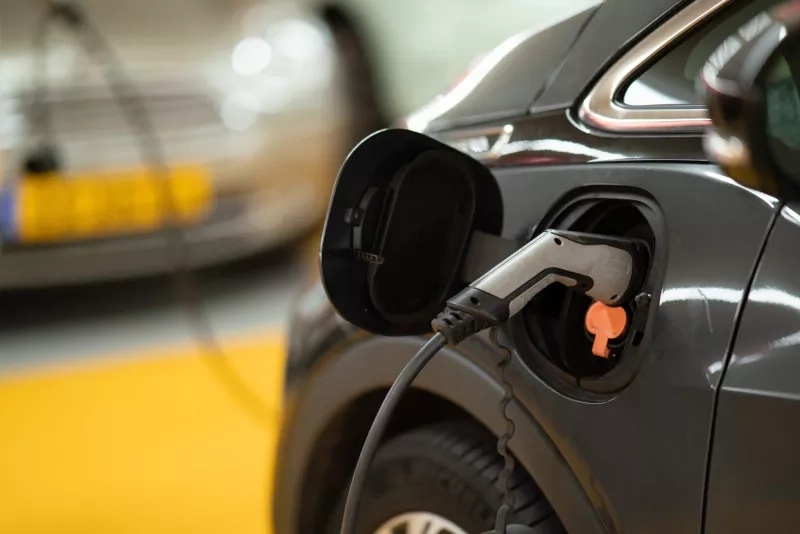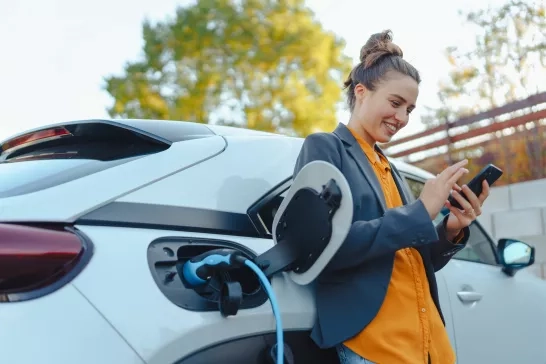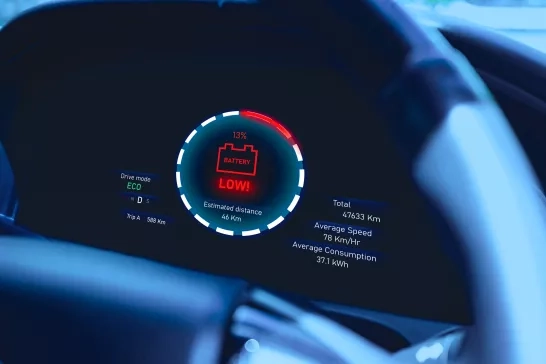
Cracking the code on EVs
2 Minute Read
In June 2021, when the federal government announced its plan to make zero-emissions new car sales mandatory by 2035, they admitted it was an ambitious target.
“We know that we need to do more,” noted Transport Minister Omar Alghabra. “Let me say, our target is ambitious, undoubtedly, but it’s a must.”
His words have proven accurate: In Canada, EV sales in 2022 represent only 3.5% of overall new vehicle sales. So, what is stopping Canadians from buying an EV?
Canadians feel that EVs cost more than gas-powered vehicles
It is common knowledge that many electric vehicles are pricier than equivalent gas-powered vehicles. The cost of the batteries and the additional electronic components appears to be the deciding factor in this case.
However, receiving a government incentive to buy an EV can help defray some of the expense. In Canada, the federal government will provide a reimbursement for both new and old electric vehicles, and most (but not all) provinces will also provide a sizeable rebate.
Canadians don't understand enough about EVs
According to CAA polling, the top four reasons Canadians hesitate to buy an EV are price, getting caught without a charger, not understanding out-of-home charging, and cold weather affecting the battery. And while some of these worries are valid, a lot comes from a lack of knowledge of how EVs really work.
For a decade now, CAA has been educating Canadians on electric vehicles and recently launched a new EV Buyer's Guide filled with information and tips. It provides material on the critical elements of EV ownership, such as the cost and availability of EV models, charging, incentives, and an interactive EV finder. It also features an extensive list of the more than 90 EVs currently for sale in Canada.
Supply chain blockages are an issue
Another barrier to EV ownership in Canada is supply. Purchasing an EV today means going on a waitlist for two to three years. However, it's also worth noting that for the last 40 years, the number one selling light vehicle in Canada has been the Ford F-150 pickup truck. There are currently few truck/SUV EV options, but it is changing.
Ford recently announced the all-electric Ford F-150 Lightning – the only automotive company to do so. CAA North & East Ontario has purchased a Lightning as a light service vehicle. But don't expect to see too many Lightnings anytime soon. Ford already has 200,000 orders for the vehicle, creating an estimated three-year backlog.
Tips on how to get an EV sooner
If you're determined to buy an EV, there are ways to lessen the wait time. Electrifying.com offers tips such as being willing to compromise on the trim, staying flexible with your tech options, getting in touch with your local dealership, and inquiring about their stock availability. Though not a perfect fix, these options can speed up the process of purchasing a new electric vehicle.
By 2030, Ontario will be home to half a million EV's
The upshot is that EVs are here to stay, so it's a good time to learn more about them. CAA offers several useful articles on EVs, covering topics like And for those who are just starting with their new electric vehicle, the CAA EV Buyer's Guide offers tips on charging etiquette like charging only when necessary at public charging stations, "checking-in" on the respective mobile charging app to let other users know if the station is in use or working, and rules of safety for you and the next person.
Want to learn more? https://evbuyersguide.caa.ca




